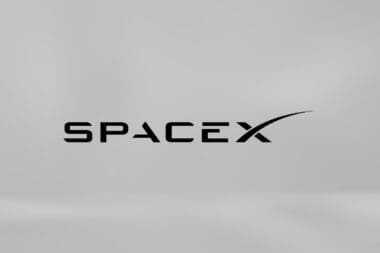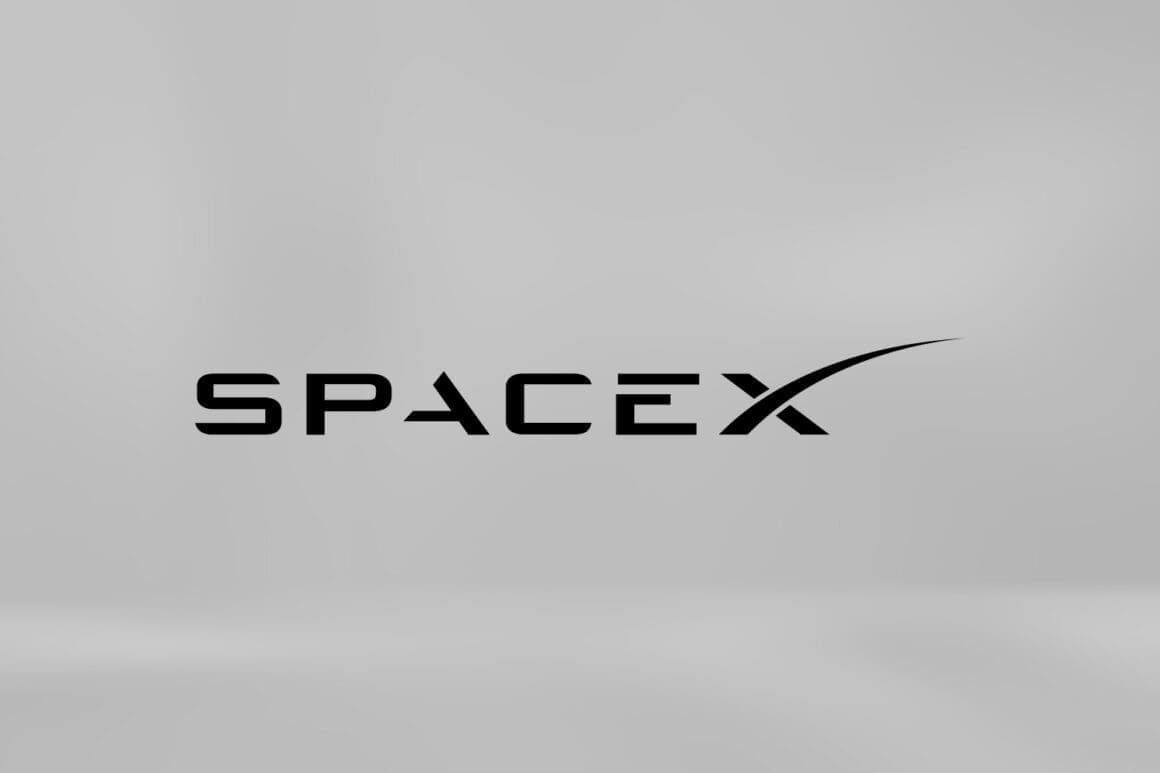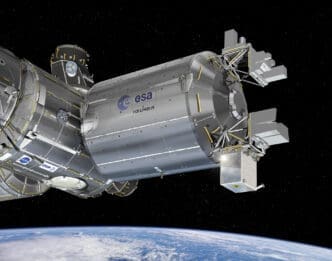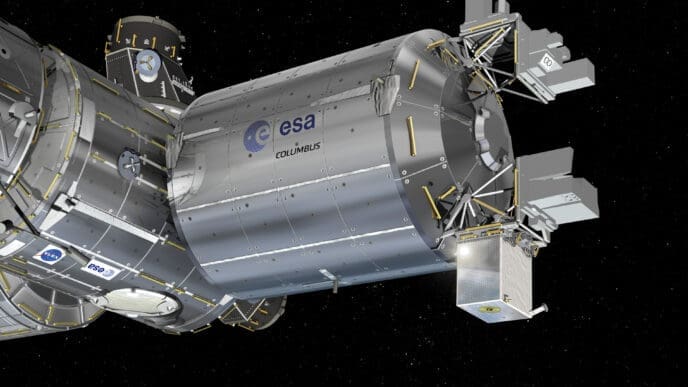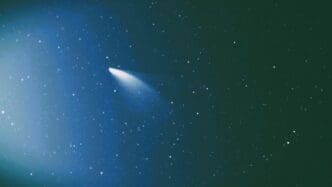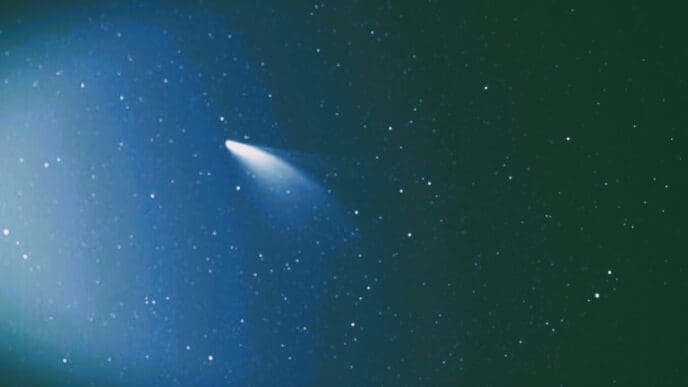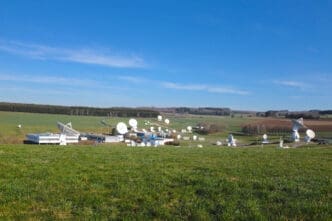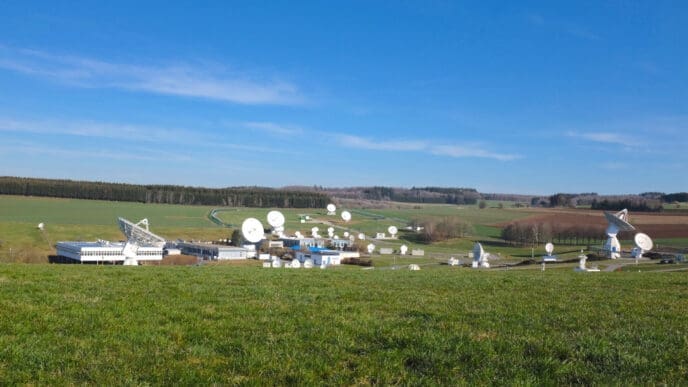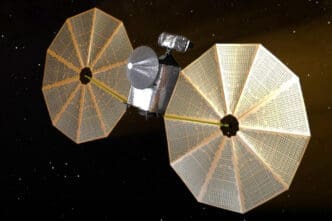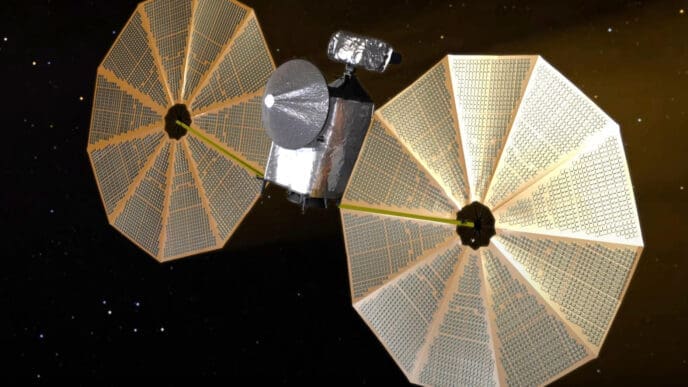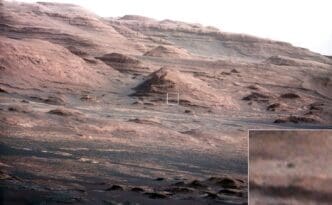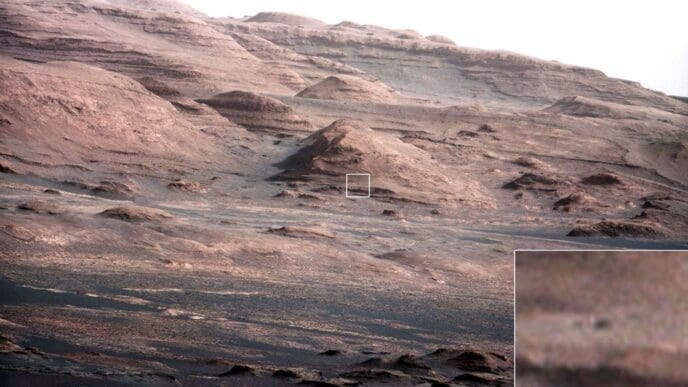In a groundbreaking move, NASA has chosen SpaceX for an important mission, and it’s all about planetary defense. The task? To launch the Near-Earth Object (NEO) Surveyor mission. This mission could be a game-changer in how we detect and respond to potential threats from space.
The aim of this mission is to spot asteroids and comets that might pose dangers to Earth. Using a specialized telescope, it can detect even the hardest-to-find space rocks. This groundbreaking mission, scheduled for a SpaceX Falcon 9 launch, promises to enhance our planetary defense strategies.
SpaceX and NASA: A Formidable Partnership
NASA has tapped SpaceX for an urgent planetary defense mission. This partnership will see the deployment of the NEO Surveyor, a space telescope designed to scan the skies for potentially hazardous asteroids. SpaceX’s Falcon 9 will play a crucial role in this celestial quest, launching in September 2027 from Florida.
This collaboration signifies NASA’s trust in SpaceX’s launch capabilities. With a contract pegged at around $100 million, it includes all mission-related expenses. The objective is clear—safeguarding Earth by improving our ability to detect space threats in advance.
Mission Mechanics: The Science Behind NEO Surveyor
The NEO Surveyor houses a unique scientific tool—a telescope that operates in two infrared wavelengths. This allows it to spot both bright and elusive dark asteroids, expanding our celestial search capabilities.
This mission focuses on detecting asteroids and comets within 30 million miles from Earth. By utilizing infrared imaging, the surveyor can assess the size, composition, and orbit of these objects, providing detailed data to predict potential Earth impact scenarios.
NASA’s goal is to locate two-thirds of unknown NEOs over 140 meters. This data will be pivotal for developing effective asteroid deflection strategies. The mission aims to provide greater insights into the characteristics of these cosmic wanderers.
Driving Forces Behind the Mission
NASA’s Planetary Science Division is the driving force behind this mission. It operates under the agency’s Science Mission Directorate, with the coordination office established for planetary defense in 2016.
NASA’s Jet Propulsion Laboratory in California heads the project development. This collaboration involves numerous aerospace and engineering firms contributing to the spacecraft’s creation and operations.
Collaborating on a Global Scale
This mission isn’t just about NASA; it incorporates inputs and expertise from numerous entities. Notably, BAE Systems SMS and the Space Dynamics Laboratory play roles in the spacecraft’s instrumentation.
The Caltech’s Infrared Processing and Analysis Center manages data processing. With their help, the mission data will be accessible, providing crucial information.
The Laboratory for Atmospheric and Space Physics supports operations while the University of California, Los Angeles, leads in mission team coordination. Their efforts are key to ensuring smooth mission execution.
Milestones Along the NEO Journey
The NEO Surveyor’s five-year journey aims to uncover the mysteries of space rocks. These findings are expected to enhance our understanding of the universe’s formation and evolution.
Measuring attributes like sizes, shapes, and orbits, the surveyor refines our comprehension of cosmic bodies. Additionally, this data can revolutionize our response strategy concerning potential cosmic impacts.
Survey strategies and data processing improvements are prioritized. The NEO Surveyor strives not only to enhance detection but also to revolutionize how knowledge about space debris is approached.
The Future of Planetary Defense
This mission marks a significant advancement in planetary defense. The learnings and insights from NEO Surveyor could shape future detection and deflection technologies.
Acknowledging potential threats and addressing them proactively sets a precedent for global space safety.
As NASA and SpaceX unveil this ambitious initiative, the impact echoes across the scientific community. The lessons learned from this mission could redefine how humanity approaches planetary defense.
An Engaging Public Endeavor
NASA’s engagement in this mission invites public participation and awareness. As the NEO mission progresses, public interest in space exploration continues to soar.
Information sharing with educational institutions could further enhance the mission’s educational impact. The mission not only informs but also inspires the next generation of scientists.
The collaborative nature of the mission also promotes international scientific dialogue, broadening the scope of planetary defense strategies worldwide.
Technical Specifications and Challenges
The mission’s telescope, measuring around 20 inches in diameter, is adept at handling multi-wavelength observations. This capability is crucial for its detailed asteroid surveys.
Budget and technical challenges are part of the mission’s fabric. Yet, NASA’s rigorous planning and collaboration endeavors aim to mitigate these effectively.
Final Thoughts on the NEO Mission
The NEO Surveyor is more than a mission—it’s a testament to human ingenuity and collaboration. Combining cutting-edge technology with strategic planning, the mission symbolizes Earth’s proactive stance.
This initiative represents a crucial step toward comprehensive planetary defense strategies, ensuring Earth remains safe from potential cosmic threats.
As the mission unfolds, its success could embolden further space exploration pursuits. Anticipation is high, and the world is watching eagerly.
NASA’s selection of SpaceX for the NEO Surveyor mission heralds a new era of planetary defense. This collaboration combines innovation with strategy to safeguard Earth.

